In Ho Chi Minh City, specifically the Oncology Hospital and many cancer treatment centers in other hospitals have accessed and applied advanced drugs and techniques from around the world, gradually improving the quality of diagnosis and treatment for cancer patients.
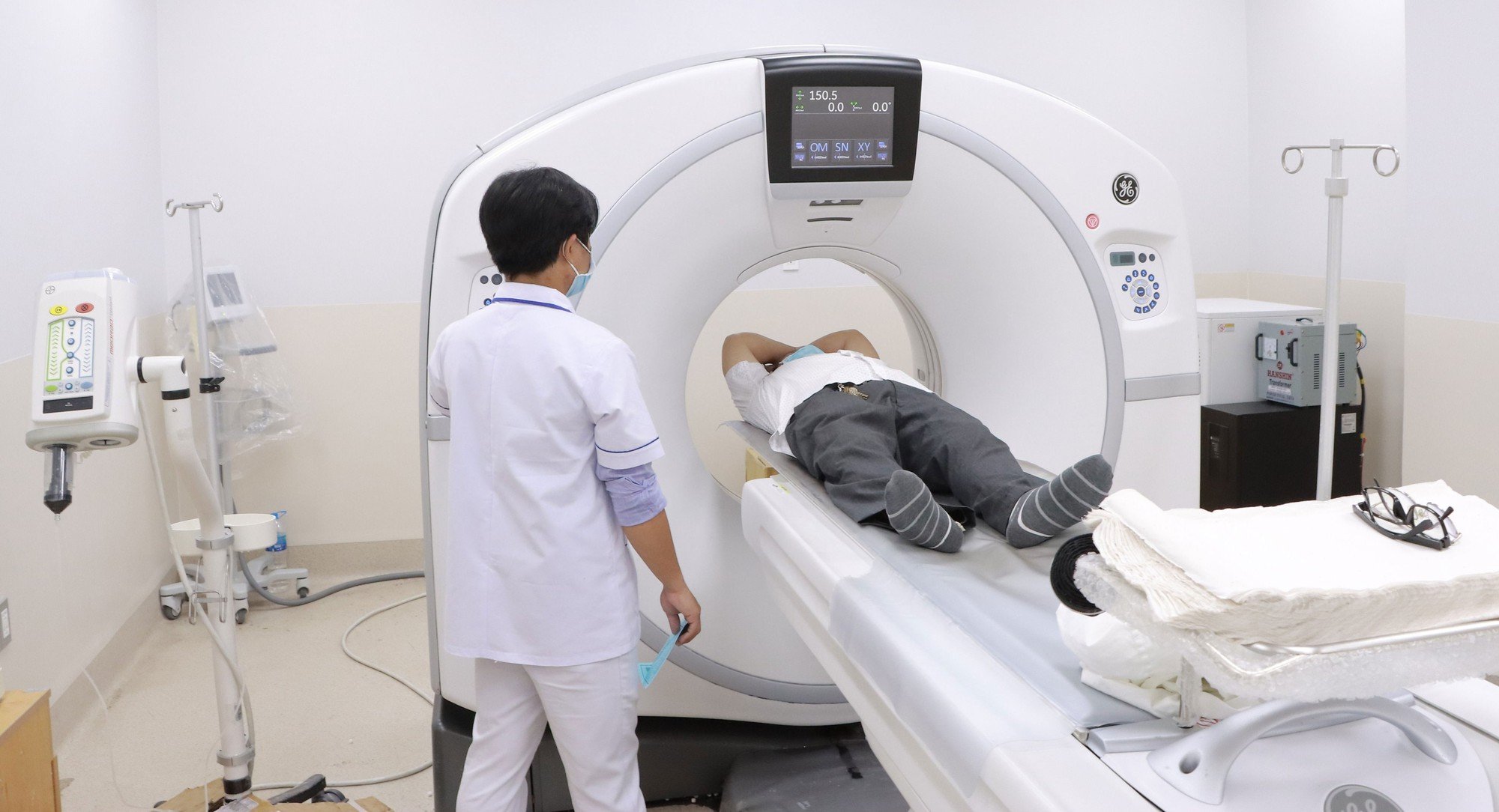
Radiotherapy at Ho Chi Minh City Oncology Hospital
In the development trend, Ho Chi Minh City will have a high-tech UT screening center located at the Oncology Hospital. When the UT screening center is established, it will help increase the rate of UT detection at the earliest stage, thereby increasing the cure rate, reducing mortality, and contributing to improving the quality of health care for the people.
AVAILABLE CAPACITY
Dr. Dang Huy Quoc Thinh, Deputy Director of Ho Chi Minh City Oncology Hospital, said that with the criterion of "effective treatment starts with accurate diagnosis", the Oncology Hospital has focused on investing in developing modern techniques in imaging diagnosis and pathology in early diagnosis of cancer.
Accordingly, imaging techniques such as 64-128-slice computed tomography (CT-Scanner) and magnetic resonance imaging (MRI) have been applied since 2010. In addition, currently in Ho Chi Minh City, the Oncology Hospital, Cho Ray Hospital, and Military Hospital 175 are public health facilities that can perform PET-CT scans to diagnose cancer. In the near future, the Oncology Hospital will deploy the construction of a Cyclotron furnace system to ensure adequate supply of radioactive isotopes to serve the PET-CT scan needs of patients.

A cancer surgery at Ho Chi Minh City Oncology Hospital
In addition, modern pathological and immunohistochemical techniques have also been applied. For example, the Oncology Hospital has implemented the technique of screening and examining breast and gynecological specimens according to CAP standards (the world's leading standards for laboratory evaluation in the US), in order to more accurately assess the histological characteristics and disease stages of breast and gynecological cancers. Regarding immunohistochemistry, the Oncology Hospital is one of the strongest units in the country, with modern automatic staining systems from Dako with nearly 150 antibody categories, thereby effectively supporting the diagnosis of UT histopathology.
Molecular biology is identified as a spearhead of development of the Oncology Hospital. Along with the increasingly profound understanding of biological characteristics and the rapid development of personalized targeted therapies for each patient with each type of UT, modern molecular biology techniques have also been and are being applied.
Since 2009, the Oncology Hospital has established the Molecular Pathology Unit and is the leading unit in implementing the FISH technique (fluorescence in situ hybridization) in diagnosing HER2 gene amplification in breast cancer. Subsequently, the Realtime PCR technique was deployed to detect mutations in target genes such as EGFR, KRAS, RAF in lung and colorectal cancer.
In 2022, the Oncology Hospital was approved to introduce next-generation sequencing (NGS) testing into routine diagnosis of BRCA gene mutations, becoming the first public unit in the country to master this technique. Dr. Quoc Thinh said that new treatment methods have also been applied at the hospital, reaching the same level as other specialized UT hospitals in the region and the world.
MODERN SURGERY AND RADIOTHERAPY
Regarding UT surgery, the Oncology Hospital has been a pioneer in breast surgery. Techniques such as conservative surgery and breast reconstruction surgery performed by a team of experienced surgeons have become models for other units to learn from. The hospital has also implemented new techniques in microsurgery for head and neck plastic surgery, minimally invasive endoscopic thyroidectomy, etc., thereby helping to improve aesthetics and enhance the quality of life of patients.
The leaders of the Oncology Hospital believe that in the future, with a system of 16 modern operating rooms equipped at the second facility in Thu Duc City, the Hospital has also planned to develop modern surgical techniques such as robotic surgery, neurosurgery, etc., thereby meeting the professional needs as well as the wishes of patients.
Radiotherapy is a typical field in UT treatment. Modern radiotherapy techniques such as IMRT, VMAT... have been skillfully applied at both facilities of the Oncology Hospital. With 6 modern radiotherapy systems equipped at facility 2, in the future the Hospital will continue to deploy new techniques such as heavy particle radiotherapy. In addition, artificial intelligence (AI) is also applied in planning radiotherapy for patients.
According to Dr. Quoc Thinh, in particular, personalized treatment based on biological characteristics is a spectacular step forward in the treatment of UT, the crystallization of medical achievements in the world. At the Oncology Hospital, targeted treatment drugs for breast, lung, colorectal, thyroid, gynecological, hematopoietic system tumors... have been used for over 10 years.
PROSPECTS FOR IMPROVEMENT
According to the assessment of Dr. Dang Huy Quoc Thinh, there are 3 factors that create the strength of the UT industry in Ho Chi Minh City. The first is the young, dynamic, passionate, curious and learning human resources. The second is the attention and investment in facilities and equipment of the health sector and the state. Major hospitals such as Oncology Hospital, Cho Ray, Binh Dan, University of Medicine and Pharmacy,
Military Medical Corps 175… is always a pioneer in developing new techniques with high application value and efficiency. In addition, some private hospitals such as FV, Vinmec, Xuyen A… are also boldly investing in the field of UT treatment, contributing to sharing the burden of UT treatment for public hospitals. Finally, international cooperation, timely access to advanced foreign knowledge and treatment techniques.
According to Dr. Quoc Thinh, compared to the region, the UT industry in Ho Chi Minh City is on par, not lagging behind, even in the fields of plastic surgery, microsurgery and robotic surgery, we are stronger than many countries in the region. Compared to the world, our UT surgery field is not inferior. In the field of radiotherapy, we have not kept up with developed countries in investing in radiotherapy with protons and heavy particles. This is a future development direction, requiring huge investment in resources and human resources.
"But attracting patients in the ASEAN region is not easy overnight. We need a broad and effective promotional strategy, which has not been strong up to now. The patient service of most hospitals is still limited when most cancer treatment facilities are overloaded. We need synchronous utilities, because currently we are trying to focus mainly on meeting the professional requirements of disease treatment and have not paid much attention to providing convenient services for patients and their relatives such as accommodation, banking and finance, aesthetics, transportation...", said Dr. Dang Huy Quoc Thinh. ( continued )
According to the Global Cancer Organization (Globocan), in 2020, the number of new UT cases worldwide was 19.2 million, by age and for both sexes was 201 cases/100,000 people. In Vietnam, each year there are 182,503 new UT cases, by age and for both sexes was 159.7 cases/100,000 people.
According to UT records in Ho Chi Minh City, there are about 12,000 new UT cases every year.
Source link


![[Photo] National Assembly Chairman Tran Thanh Man meets with Ethiopian Prime Minister Abiy Ahmed Ali](https://vstatic.vietnam.vn/vietnam/resource/IMAGE/2025/4/16/c196dbc1755d46e4ae7b506c5c15be55)
![[Photo] President Luong Cuong receives Ethiopian Prime Minister Abiy Ahmed Ali](https://vstatic.vietnam.vn/vietnam/resource/IMAGE/2025/4/16/504685cac833417284c88a786739119c)
![[Photo] Opening of the 4th Summit of the Partnership for Green Growth and the Global Goals](https://vstatic.vietnam.vn/vietnam/resource/IMAGE/2025/4/16/488550ff07ce4cd9b68a2a9572a6e035)
![[Photo] Many practical activities of the 9th Vietnam-China border defense friendship exchange](https://vstatic.vietnam.vn/vietnam/resource/IMAGE/2025/4/16/3016ed3ef51049219574230056ddb741)

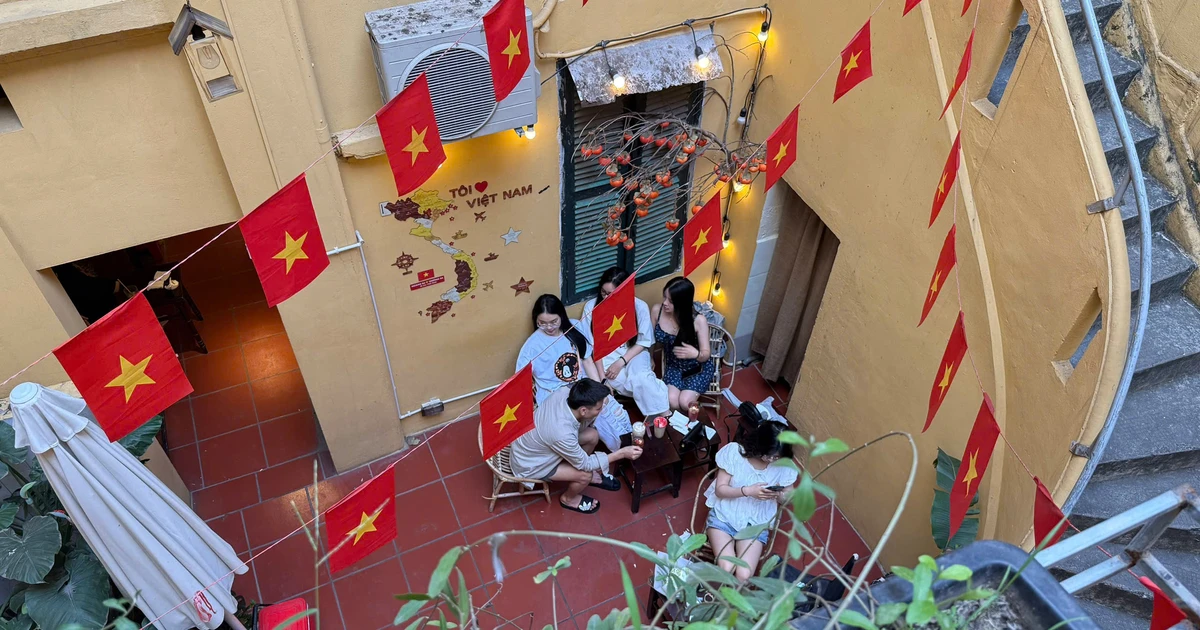
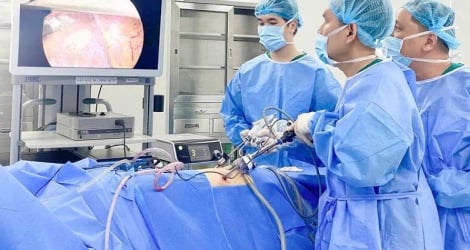

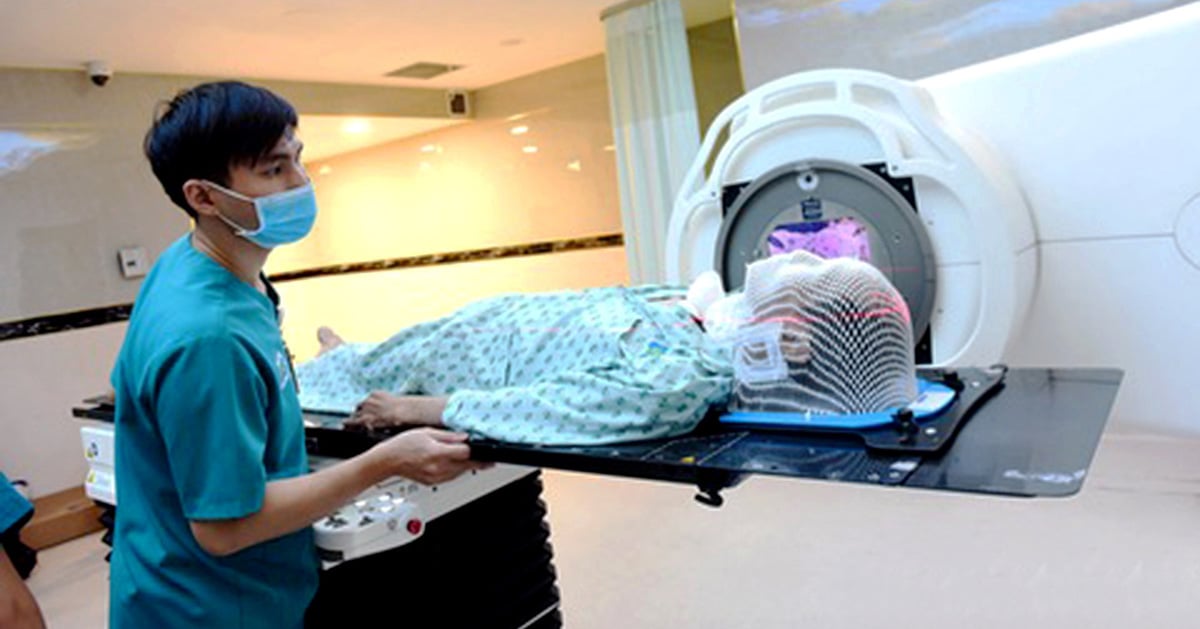

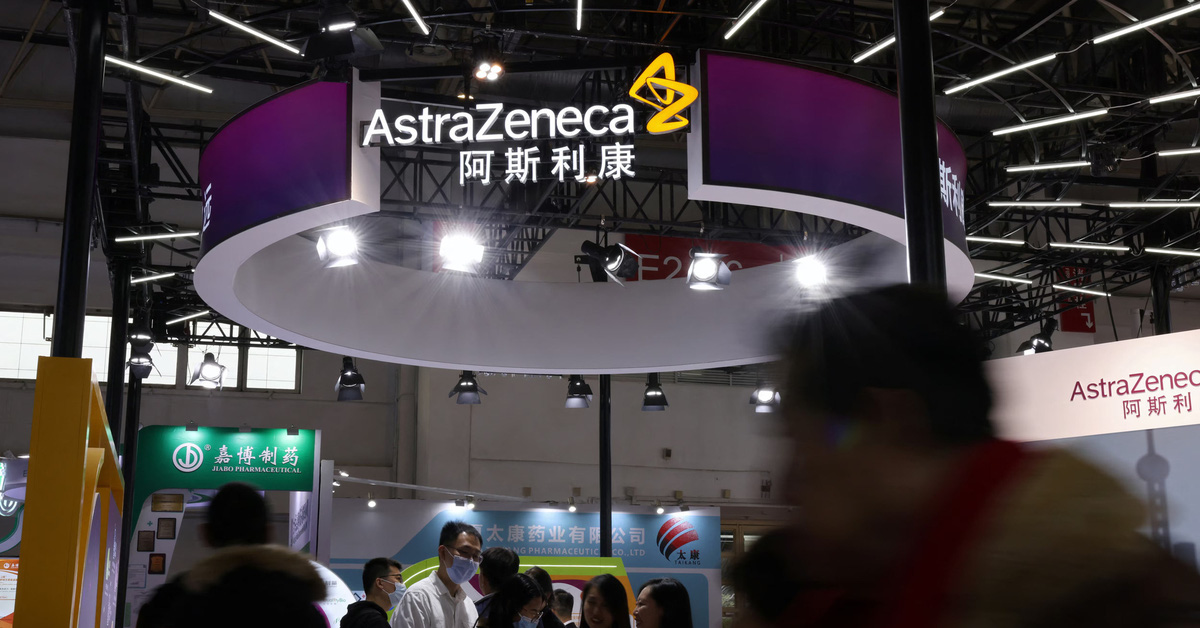
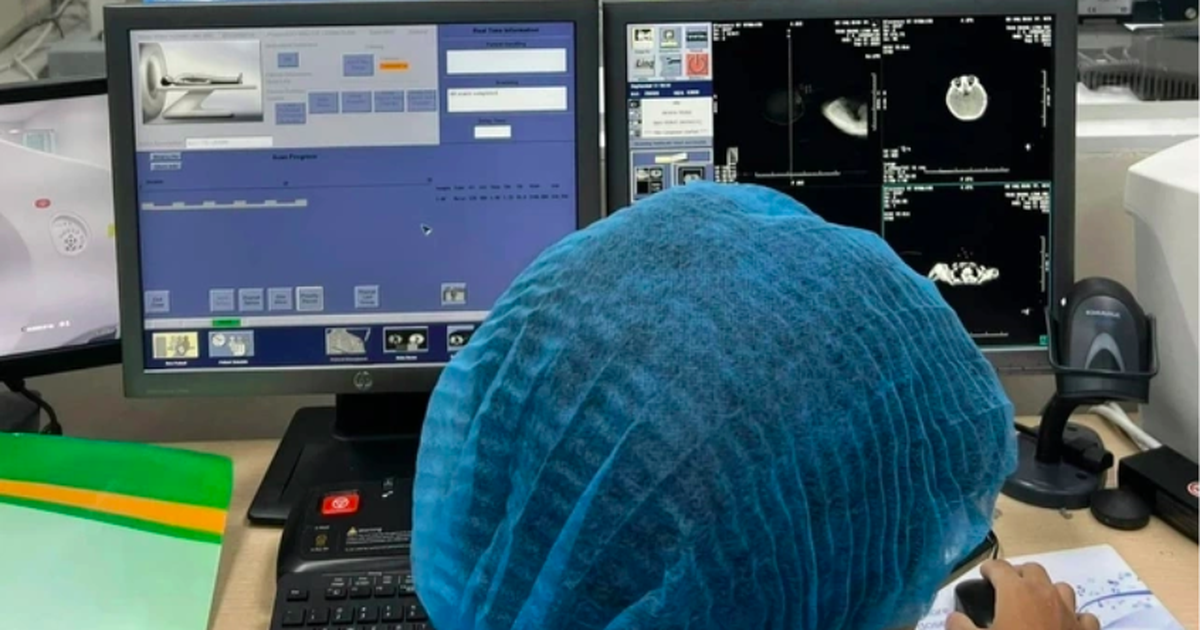
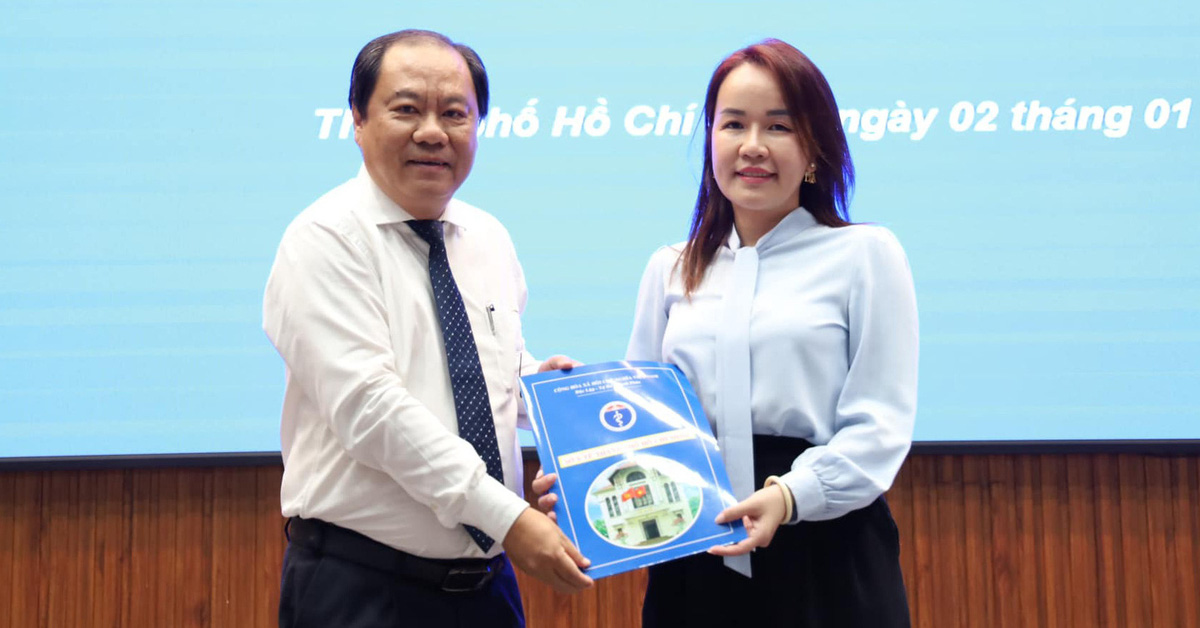
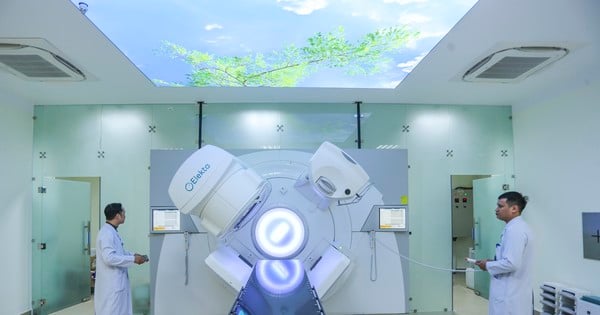

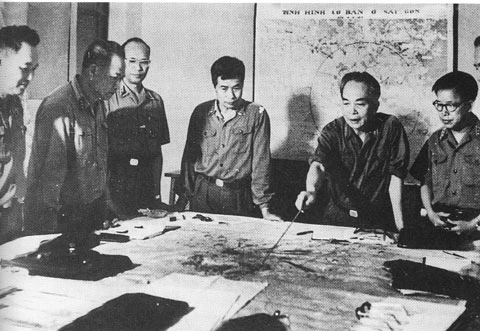



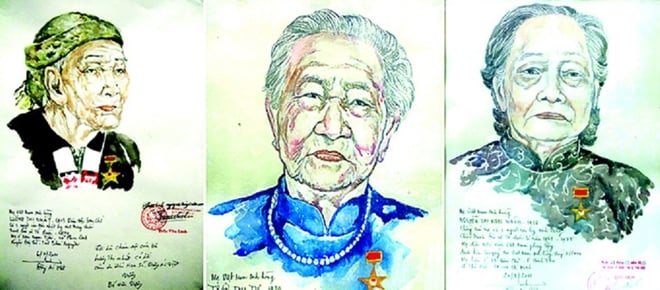





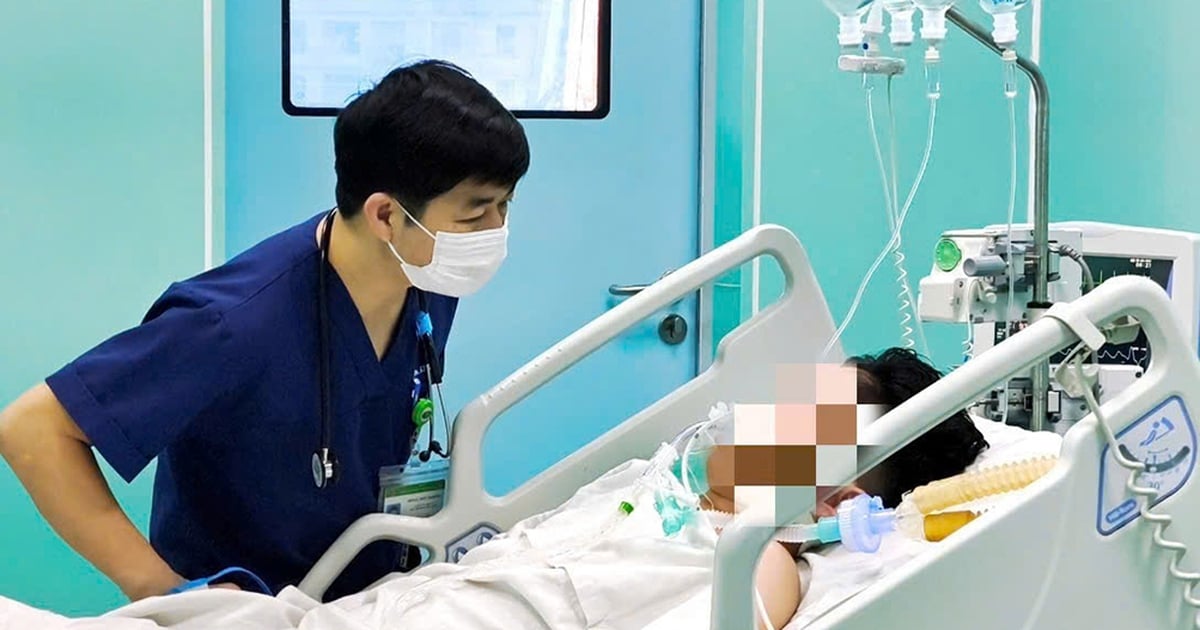

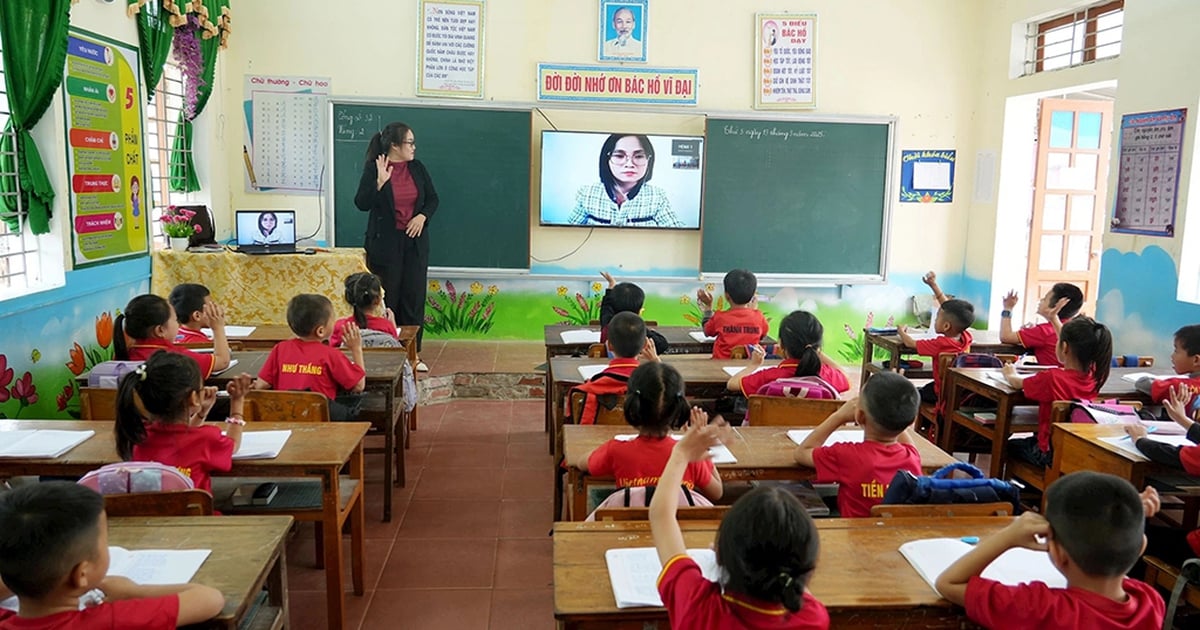

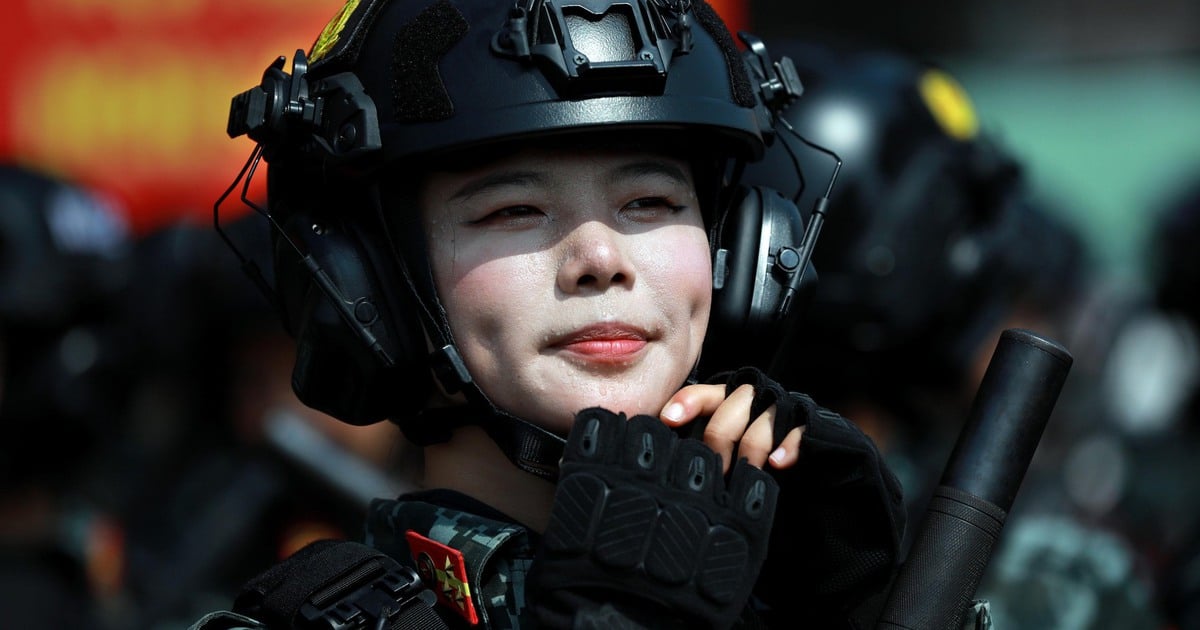

![[Photo] President Luong Cuong meets 100 typical examples of the Deeds of Kindness Program](https://vstatic.vietnam.vn/vietnam/resource/IMAGE/2025/4/16/ce8300edfa7e4afbb3d6da8f2172d580)




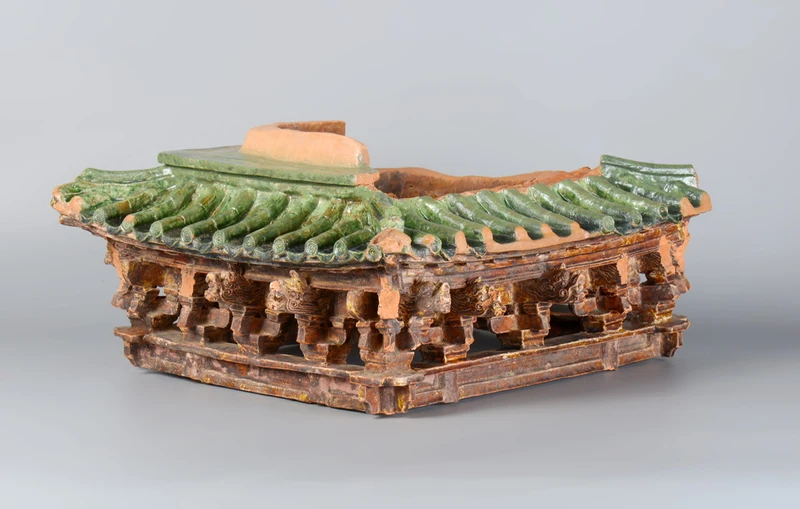


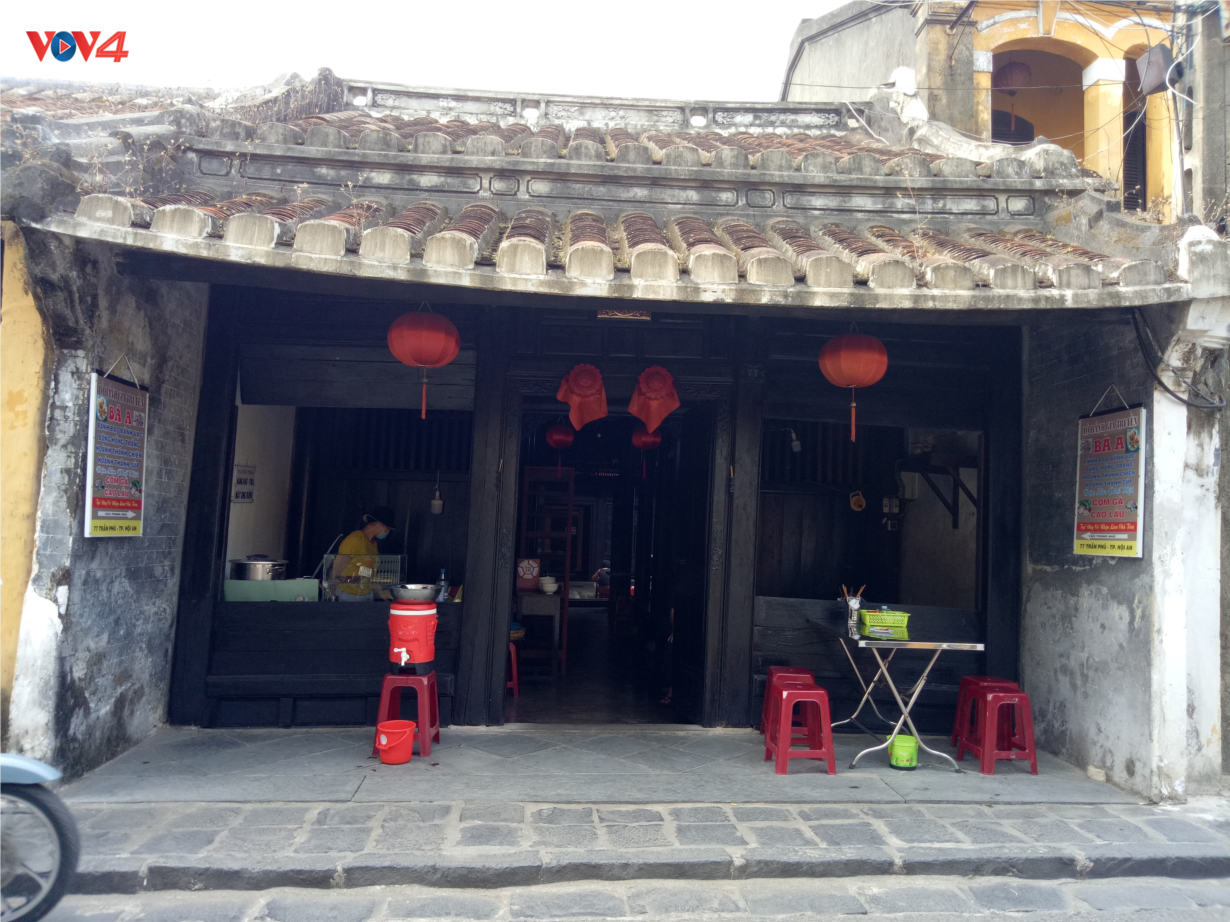





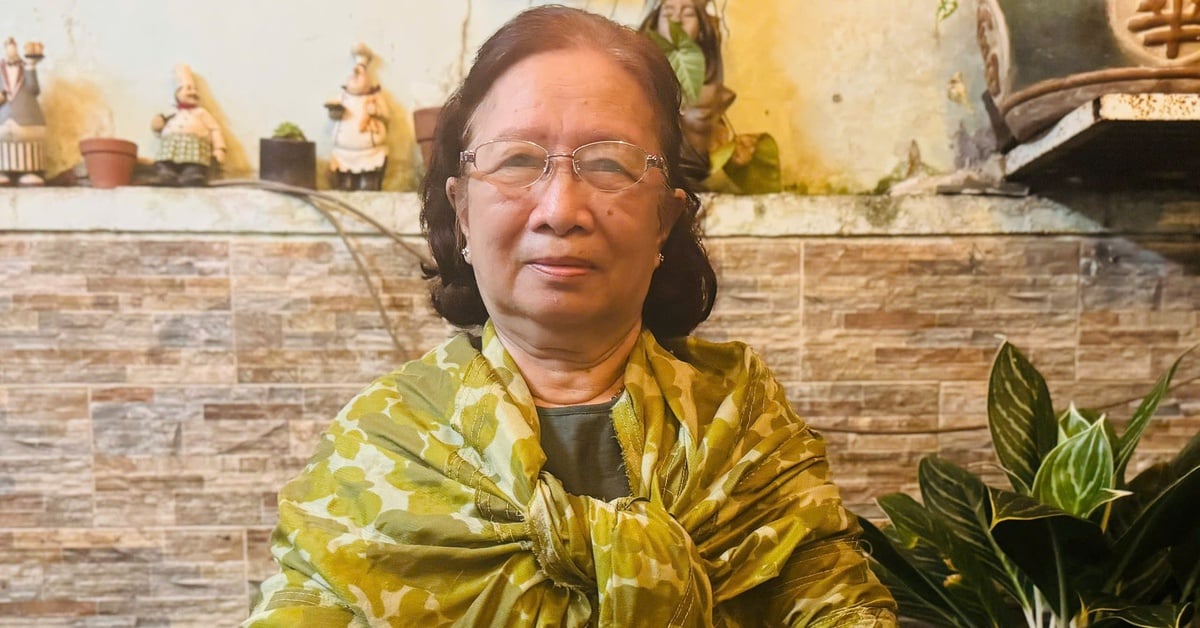
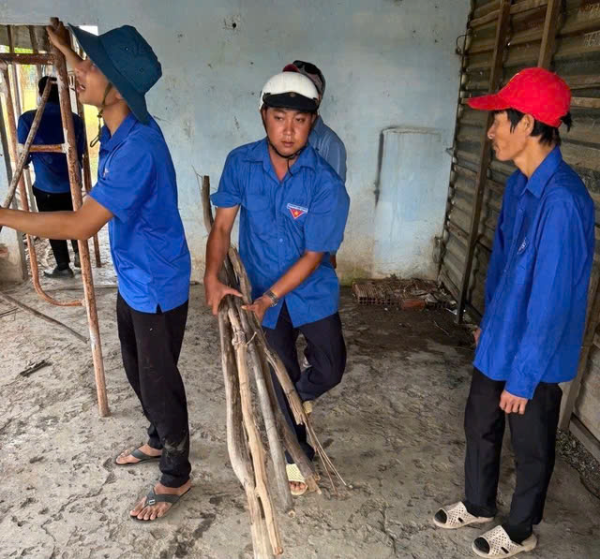
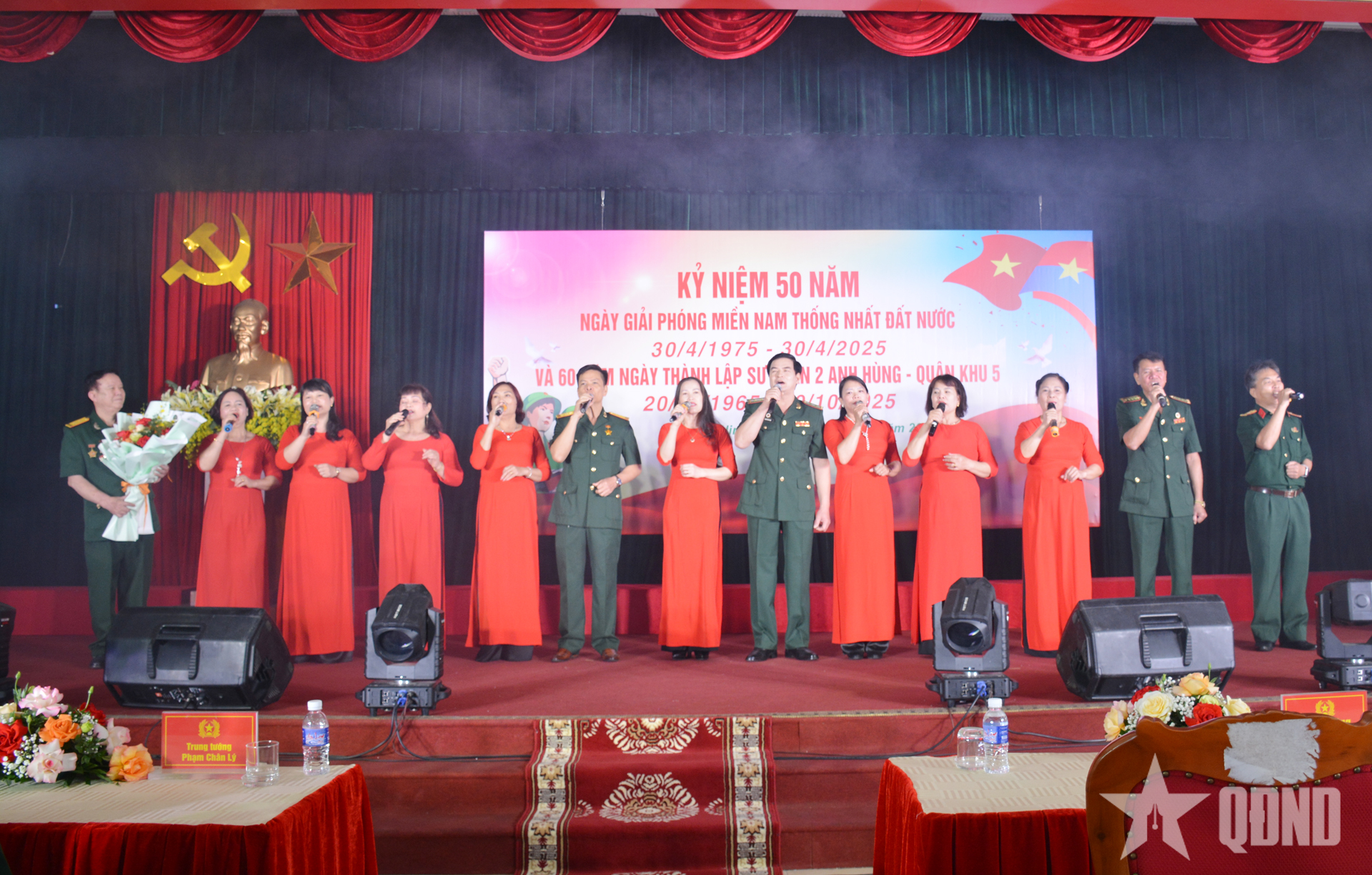







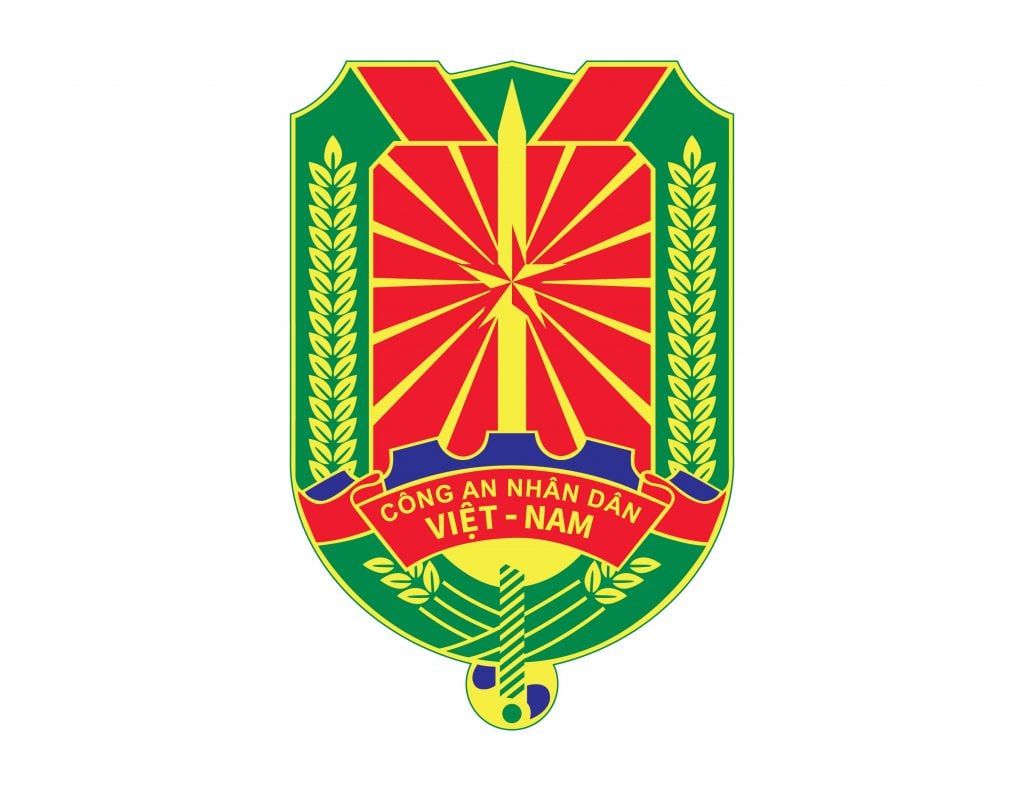


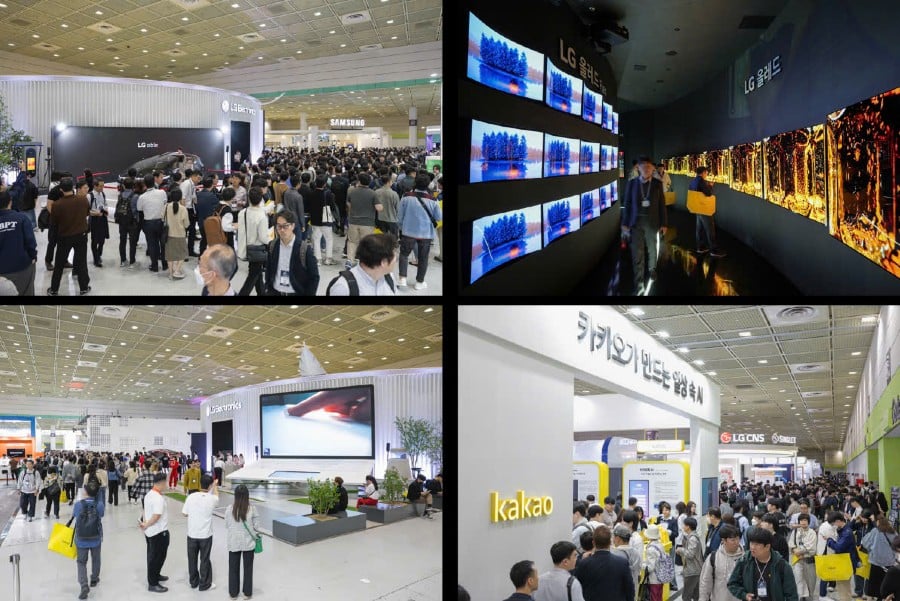
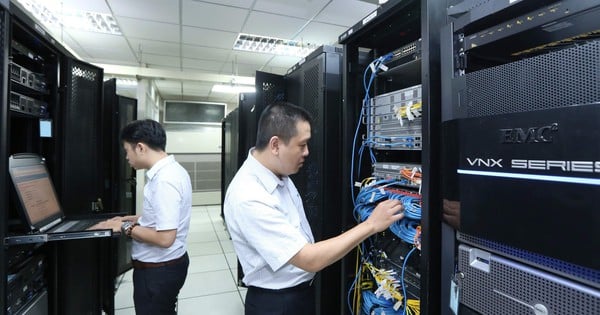

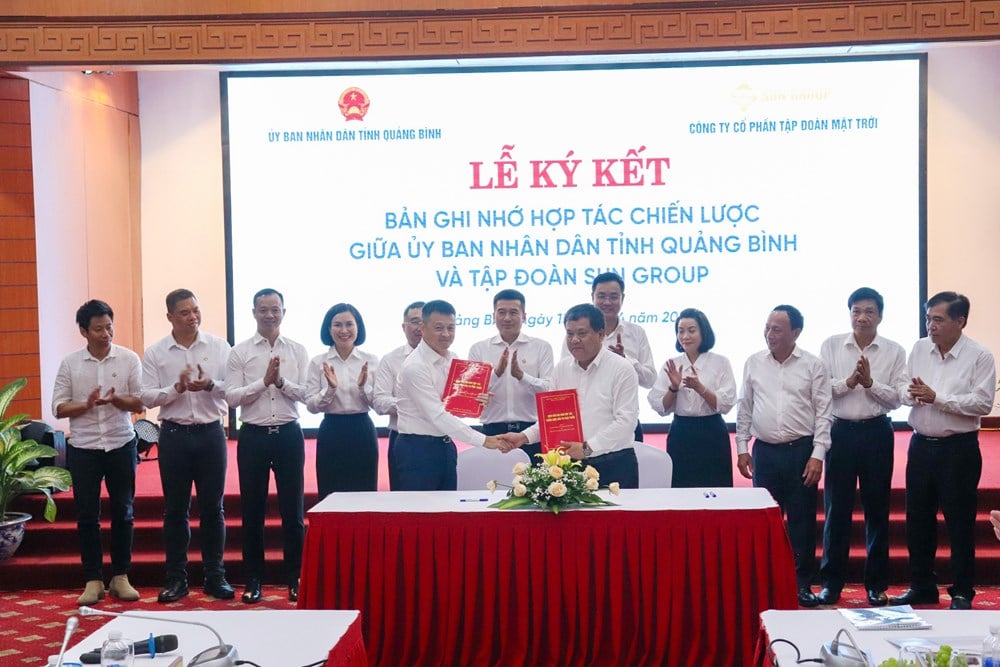



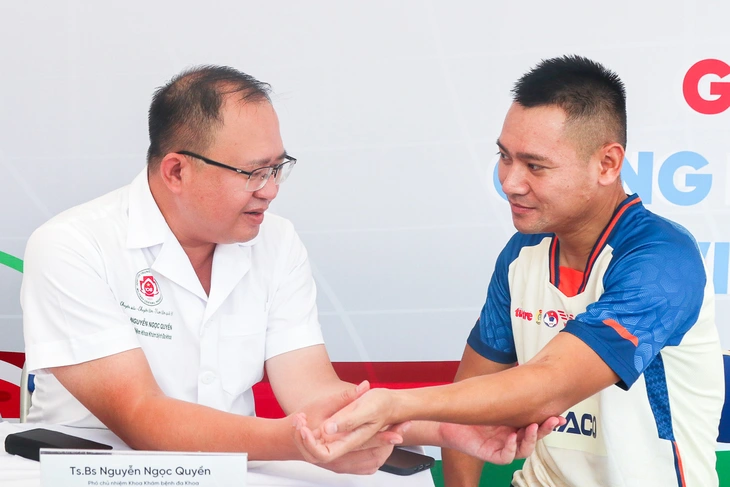

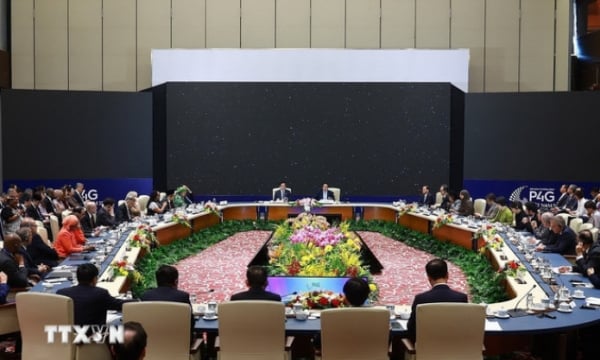
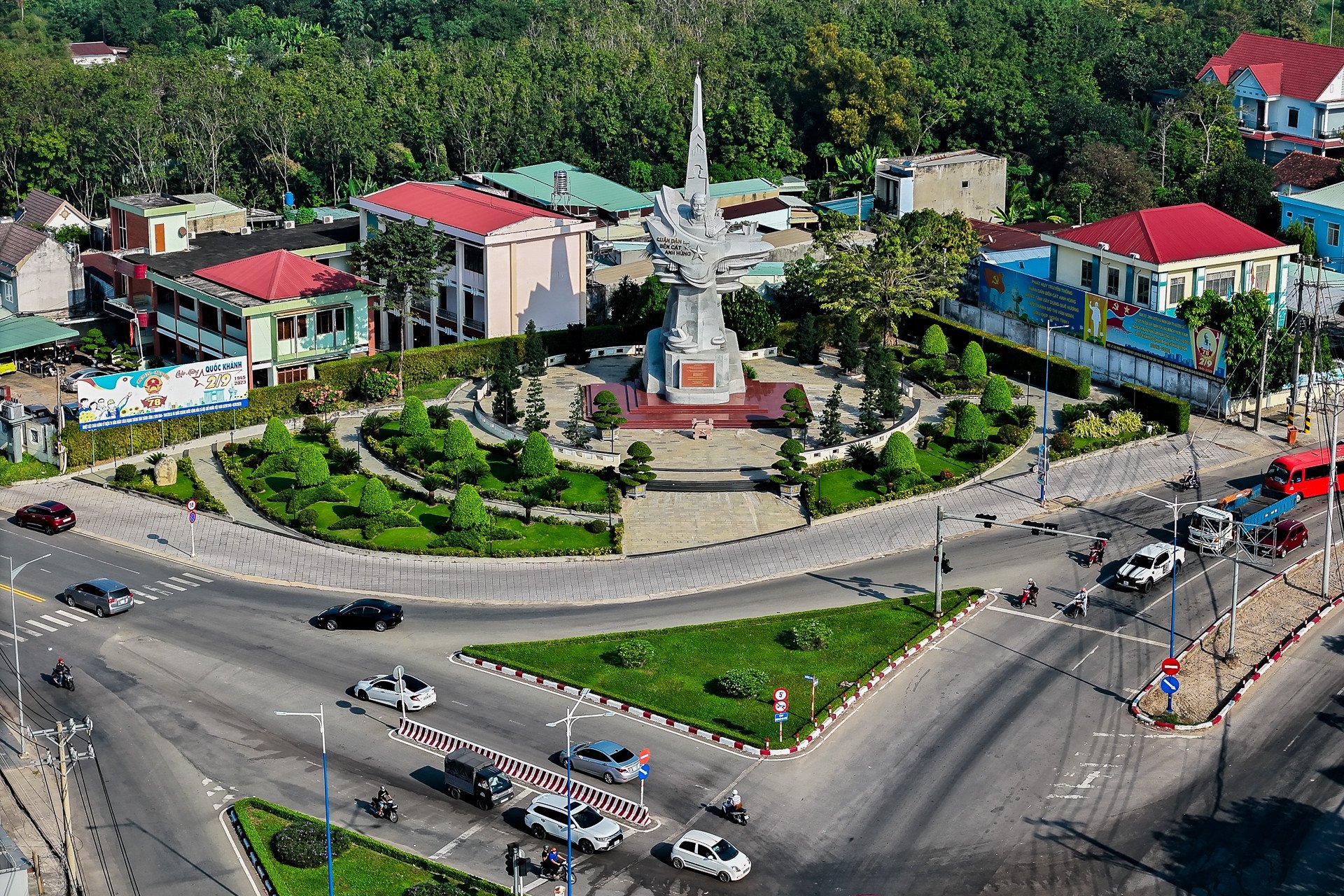
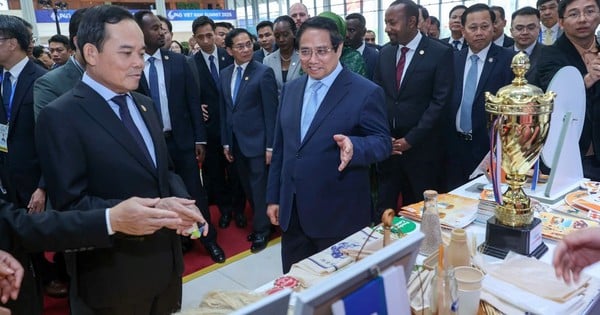

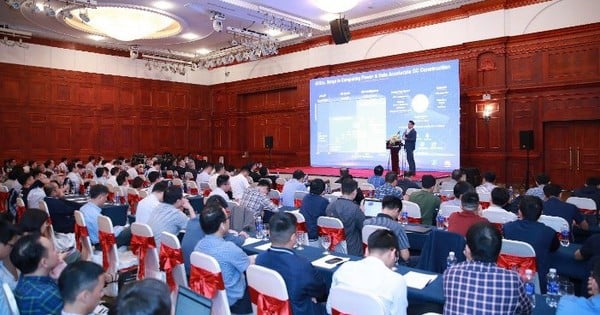
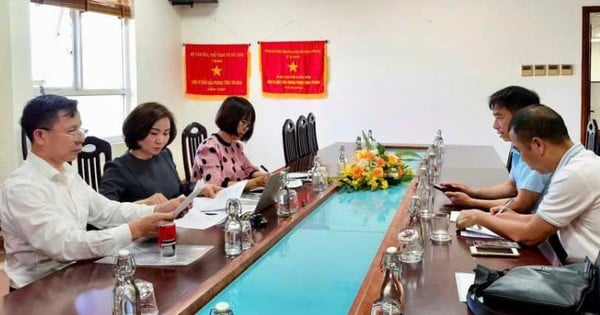



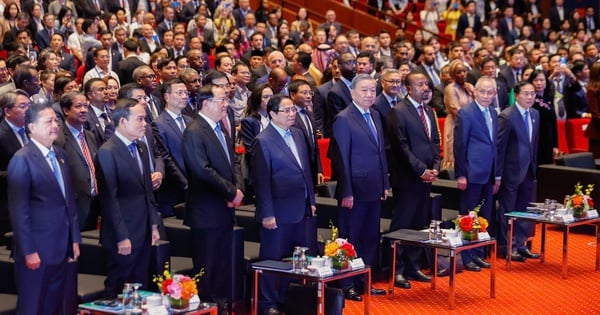



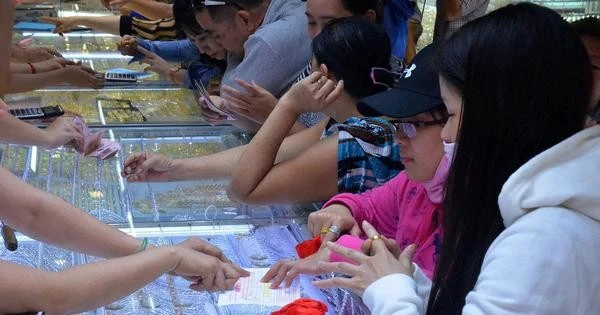




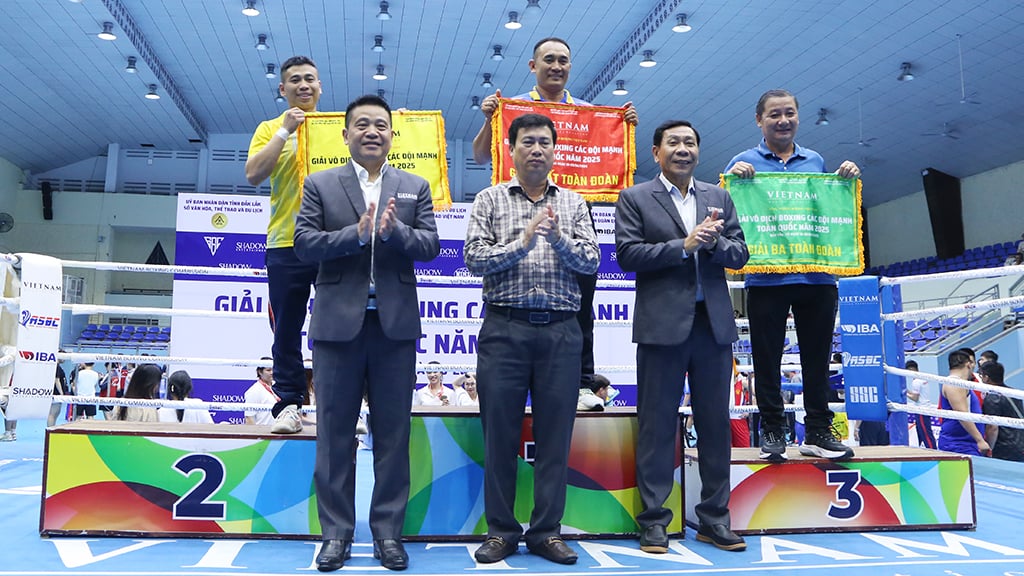

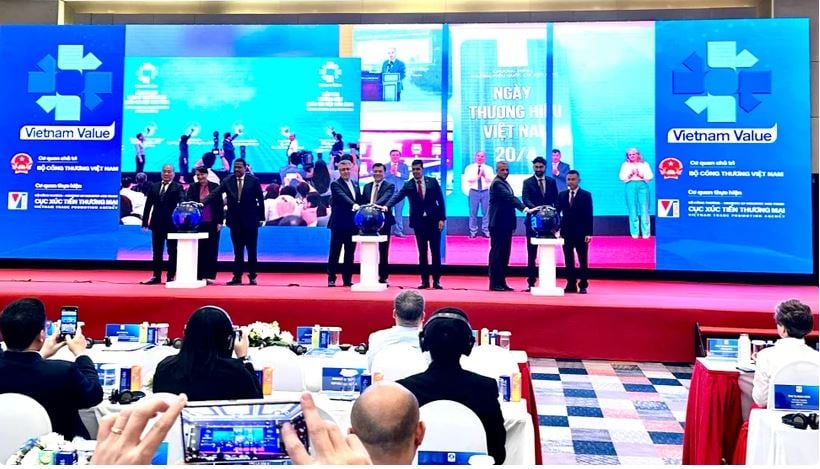




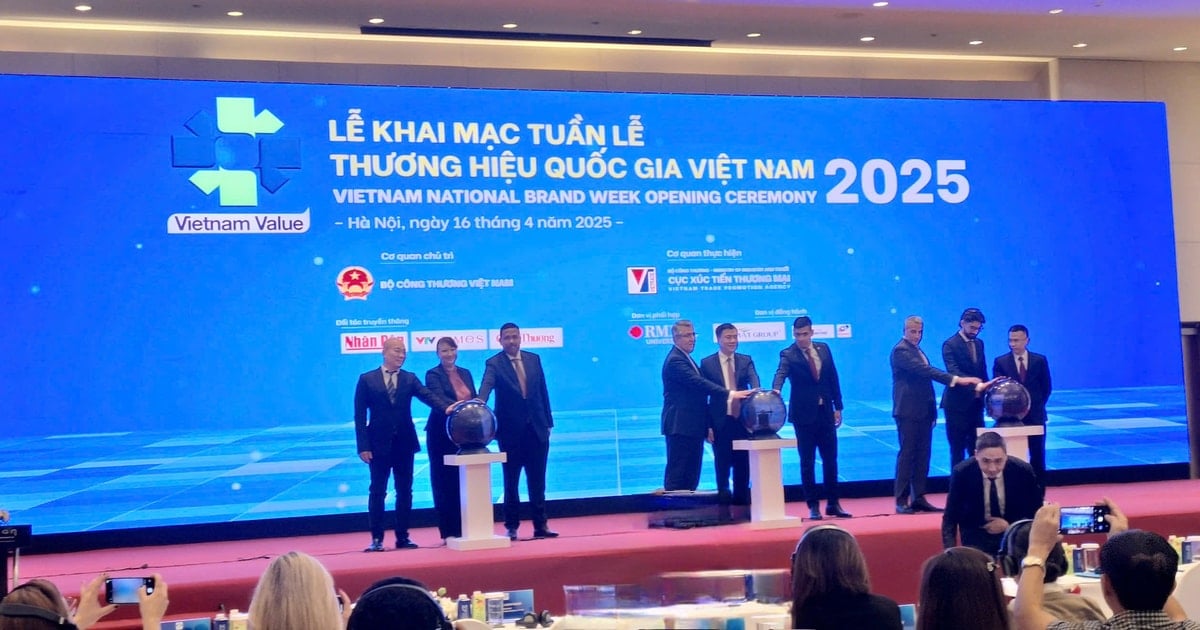



Comment (0)